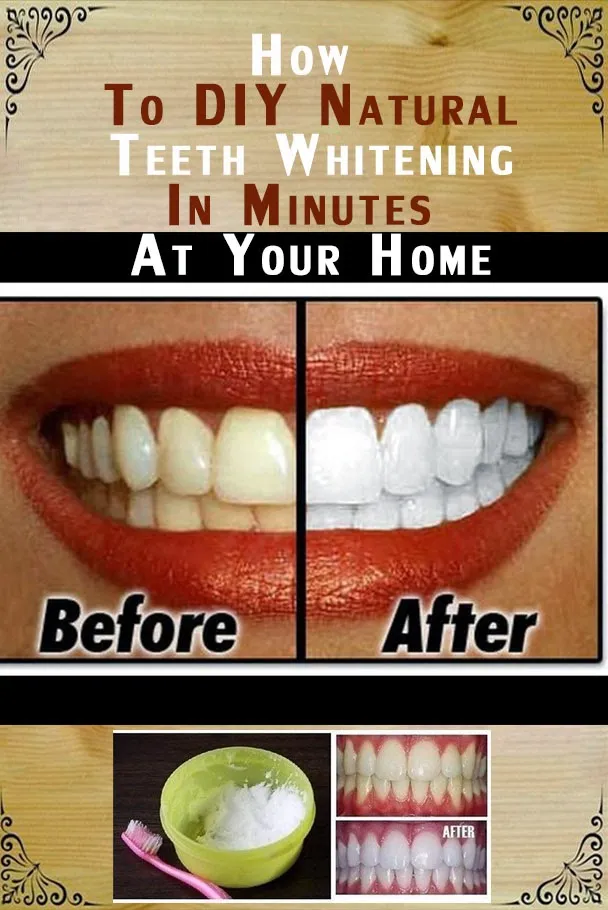Understanding Teeth Discoloration Causes
Before embarking on your teeth whitening journey, it’s crucial to understand the underlying causes of teeth discoloration. Teeth can lose their natural whiteness due to a variety of factors, which can be broadly categorized into intrinsic and extrinsic causes. Intrinsic factors originate from within the tooth, often due to genetics, aging, or certain medical conditions. Extrinsic factors, on the other hand, are external and include dietary habits, lifestyle choices, and oral hygiene practices. Recognizing these causes will help you tailor your teeth whitening approach for the best results. Effective natural homemade teeth whitening strategies address the source of discoloration for a more lasting impact, ensuring your brighter smile lasts.
Common Causes of Tooth Staining
Various factors contribute to tooth staining. The most prevalent culprits include the consumption of staining foods and beverages, such as coffee, tea, red wine, and berries. These items contain pigments that can adhere to the tooth enamel, causing discoloration over time. Smoking and tobacco use are significant contributors, as they introduce tar and nicotine, leading to yellowing and staining. Additionally, certain medications, aging, and dental trauma can also affect tooth color. Understanding these common causes is essential for preventing and addressing tooth staining effectively. Incorporating preventative measures, such as limiting staining foods and practicing excellent oral hygiene, is crucial to maintain a naturally white and radiant smile. The proper understanding of these causes allows you to make informed choices about your oral health and employ suitable natural homemade teeth whitening methods.
Dietary Factors
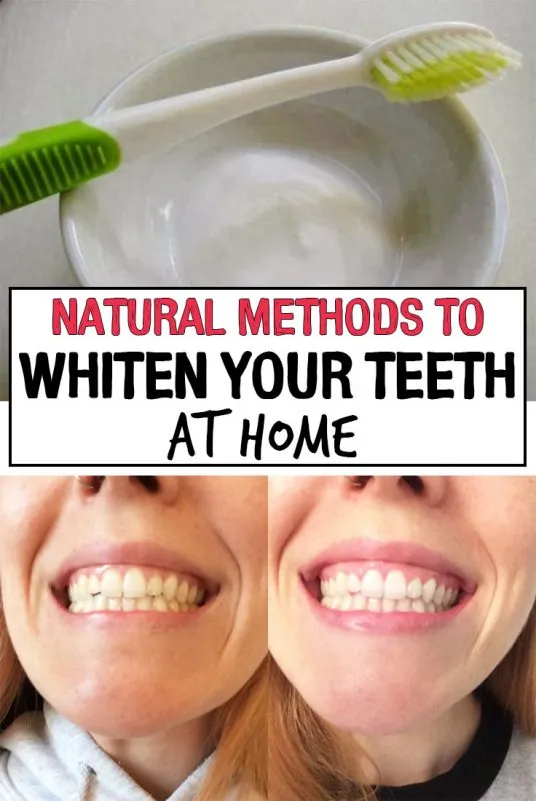
Diet plays a vital role in the appearance of your teeth. Consuming foods and beverages with high pigment content can significantly impact tooth color. Coffee and tea, both popular morning beverages, contain tannins that stain enamel. Red wine, known for its deep color, is another major offender. Berries, such as blueberries, blackberries, and raspberries, have rich pigments that can stain teeth. Furthermore, highly processed foods and sugary items contribute to tooth decay, indirectly affecting tooth appearance. Limiting the intake of these staining foods and drinks is a crucial preventative measure for maintaining a naturally white smile. Additionally, incorporating teeth-friendly foods, like crunchy fruits and vegetables that help remove plaque, can aid in keeping your teeth bright. A balanced diet supports overall oral health and enhances the effectiveness of natural homemade teeth whitening techniques.
Lifestyle Choices Smoking and Coffee
Lifestyle choices, particularly smoking and coffee consumption, have a significant impact on teeth color. Smoking introduces nicotine and tar, which lead to yellowing and brown staining of teeth. The chemicals in tobacco not only stain the teeth but also damage the enamel, making the teeth more susceptible to staining. Coffee, a beloved beverage for many, contains tannins that contribute to discoloration. Frequent coffee consumption can cause teeth to gradually turn yellow or brown. Limiting smoking and coffee intake can prevent further staining and improve the effectiveness of teeth whitening efforts. Furthermore, quitting smoking has numerous health benefits beyond oral hygiene. Choosing healthier lifestyle habits, such as drinking water after coffee and practicing regular brushing, supports the overall health of your teeth and enhances the results of any natural homemade teeth whitening methods you choose.
Homemade Teeth Whitening Remedies
If you’re looking for natural methods to brighten your smile, several homemade teeth whitening remedies can be effective. These methods often use readily available ingredients and are gentler on your teeth compared to harsh chemical treatments. Always approach these remedies with caution, and it is recommended to consult with a dentist before starting any new treatment. Using these natural approaches can help you achieve a brighter smile in a sustainable way, while taking care of your oral health. The following methods are popular for their accessible ingredients and ease of use. Remember to practice these methods consistently for best results, and always listen to your body’s response to the treatments.
Baking Soda and Lemon Juice
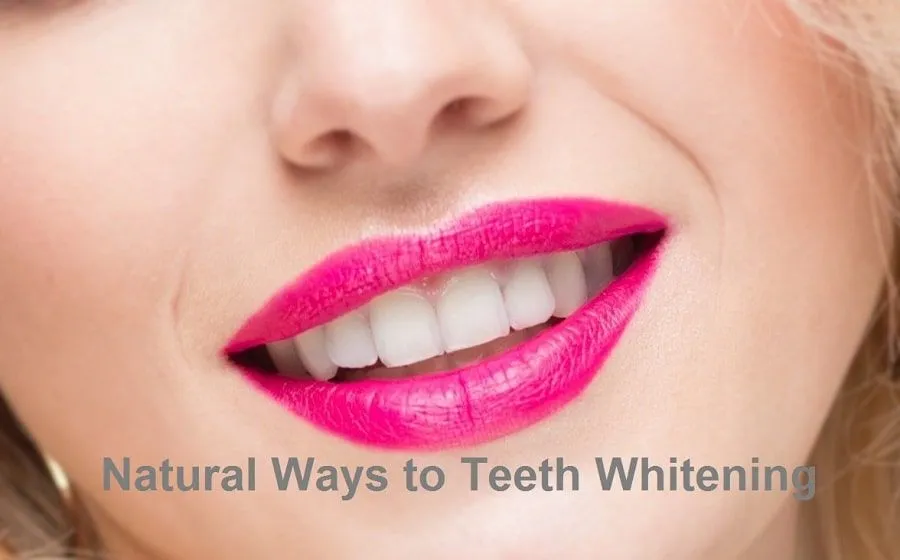
Baking soda and lemon juice is a popular combination for homemade teeth whitening. Baking soda acts as a mild abrasive to remove surface stains, while lemon juice, with its citric acid, provides a bleaching effect. To use this method, mix a small amount of baking soda with lemon juice to form a paste. Apply the paste to your teeth and leave it for a short duration, usually a minute or less. Rinse thoroughly with water. This method should be used sparingly, as the acidity of lemon juice can erode enamel with excessive use. It’s best to use this treatment no more than once a week. Always be gentle when brushing to avoid harming your gums or enamel. Combining baking soda and lemon juice can be a part of your natural homemade teeth whitening routine when used responsibly and in moderation.
Activated Charcoal
Activated charcoal is another popular natural remedy for teeth whitening. It’s a fine black powder that’s highly absorbent and effective at removing stains. The porous nature of activated charcoal helps to bind to stains and remove them from the teeth. To use activated charcoal, dip a wet toothbrush into the powder and brush your teeth gently for about two minutes. Rinse your mouth thoroughly with water until all the black residue is gone. This method is considered safe, but it’s advisable to use it with care, as excessive use might potentially wear down enamel. Always consult your dentist if you have concerns or experience sensitivity. Activated charcoal offers a simple, accessible approach to natural homemade teeth whitening, and it can contribute to a brighter smile when integrated into your oral care routine.
Coconut Oil Pulling
Coconut oil pulling is an ancient Ayurvedic practice that involves swishing coconut oil in your mouth for a certain period to remove bacteria and toxins. It’s believed to reduce plaque and improve overall oral health, which can indirectly lead to whiter teeth. To perform oil pulling, take about a tablespoon of coconut oil and swish it around your mouth for 15-20 minutes. Make sure the oil reaches every part of your mouth. After swishing, spit out the oil and rinse your mouth thoroughly with water. Oil pulling is gentle and can be done daily. While it doesn’t directly bleach teeth, its ability to reduce bacteria helps in maintaining a healthier mouth, which contributes to a brighter smile. This method is a simple and natural addition to your overall oral hygiene and natural homemade teeth whitening regime.
Hydrogen Peroxide for Teeth Whitening
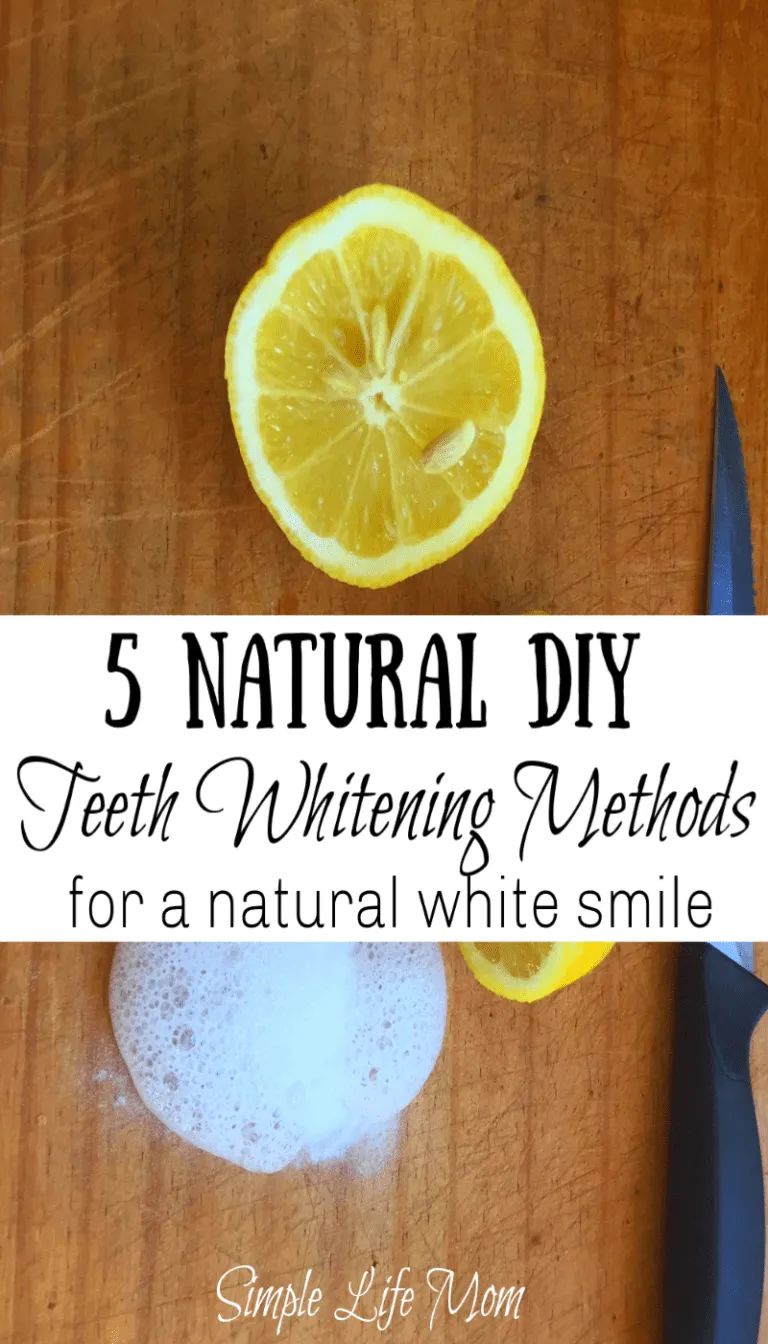
Hydrogen peroxide is a mild bleaching agent that can be used for teeth whitening. It is commonly found in many over-the-counter teeth whitening products. When used correctly, it can help lighten the color of your teeth. To use hydrogen peroxide at home, you can dilute it with water and use it as a mouth rinse, or you can mix it with baking soda to form a paste for brushing. However, it’s crucial to use it in low concentrations (usually 3%) to avoid damaging your gums or enamel. It is best to consult with a dentist before using hydrogen peroxide for teeth whitening to ensure it’s safe for your specific oral health needs. Properly using hydrogen peroxide can be an effective element in your natural homemade teeth whitening strategy when done under professional guidance.
Safety Precautions Using Hydrogen Peroxide
When using hydrogen peroxide for teeth whitening, it’s essential to prioritize safety to avoid any potential harm. Always use a low concentration of hydrogen peroxide, usually 3%, to minimize the risk of enamel erosion or gum irritation. Avoid swallowing the solution, as it can cause stomach upset. Limit the frequency of use to prevent overexposure. It’s crucial to be cautious and observe how your teeth and gums react to the treatment. If you experience any sensitivity, stop using it immediately and consult with your dentist. Always seek professional advice before using hydrogen peroxide to ensure it’s appropriate for your oral health condition. Practicing the correct safety measures is key when incorporating hydrogen peroxide into your natural homemade teeth whitening routine, as safety always precedes a brighter smile.
Benefits of Natural Teeth Whitening
Opting for natural teeth whitening methods offers several benefits compared to chemical treatments. One of the primary advantages is that natural remedies are often gentler on your teeth and gums, reducing the risk of sensitivity and irritation. Many natural methods use readily available ingredients, making them cost-effective and easy to integrate into your daily routine. Furthermore, these techniques typically avoid the use of harsh chemicals, making them a safer choice for those concerned about chemical exposure. Natural homemade teeth whitening approaches also promote overall oral health by reducing bacteria, inflammation, and supporting enamel health. Embracing natural methods supports a holistic approach to oral care, prioritizing health and safety along with a brighter smile.
Gentle on Enamel
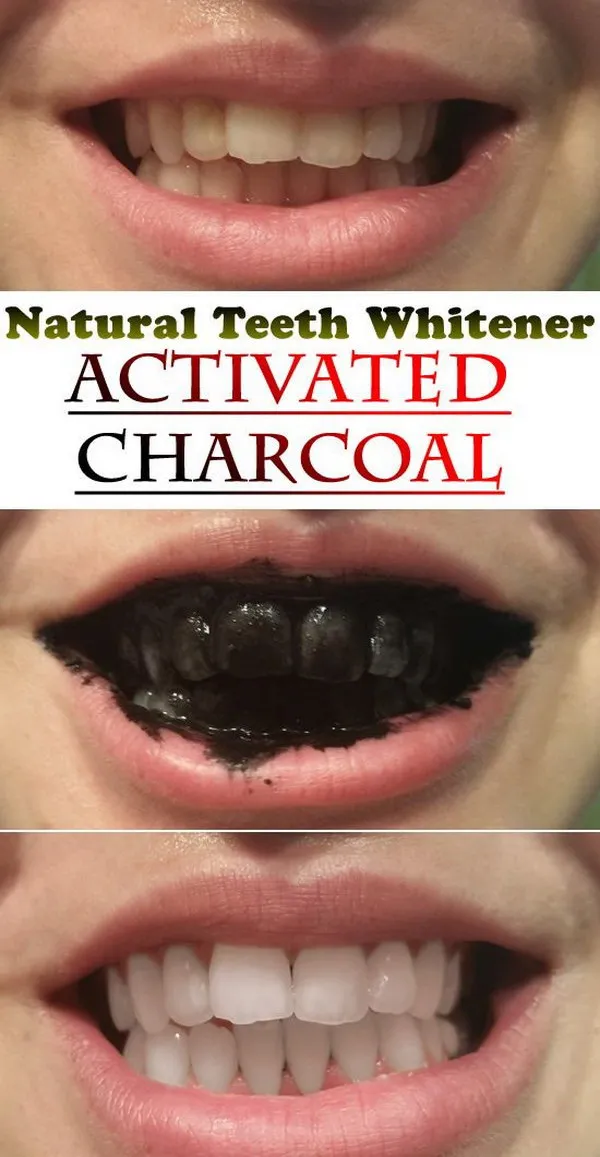
One of the most significant advantages of natural teeth whitening methods is their gentleness on tooth enamel. Unlike harsh chemical treatments that can erode enamel over time, natural remedies are formulated to be less abrasive and cause minimal damage. Ingredients like baking soda and activated charcoal are often used with care, preventing the aggressive wear and tear that can lead to increased sensitivity. This gentler approach ensures that your teeth remain strong and healthy while improving their appearance. Choosing natural homemade teeth whitening methods helps protect your enamel. This is crucial for the long-term health and beauty of your smile. The focus on gentleness ensures that your teeth are not only brighter but also well-protected, making natural methods a sustainable choice for oral care.
Cost Effective
Natural teeth whitening methods are generally more cost-effective compared to professional treatments or over-the-counter products. Many homemade remedies use ingredients that are easily accessible and inexpensive, such as baking soda, lemon juice, and coconut oil. This affordability makes it easier for everyone to maintain a brighter smile without breaking the bank. Using natural homemade teeth whitening also eliminates the ongoing cost of purchasing specialized products. This helps to create a sustainable and budget-friendly approach to oral care. Furthermore, the simplicity of these methods means you can incorporate them into your daily routine with minimal additional expense. The cost savings associated with natural teeth whitening make it an accessible and economical option for many, enabling people to achieve a radiant smile without the high price tag associated with other methods.
How to Maintain Your White Smile
Once you’ve achieved a brighter smile through natural homemade teeth whitening methods, it’s essential to take steps to maintain it. Good oral hygiene and healthy habits are key to preventing stains and discoloration from returning. Consistency is the key, and incorporating these practices into your everyday routine will help you to retain your smile for a longer period. Along with regular brushing and flossing, several other habits can help to prolong the effects of your teeth whitening efforts and keep your smile looking its best. It’s all about forming good habits to maintain your bright and healthy smile.
Proper Brushing and Flossing
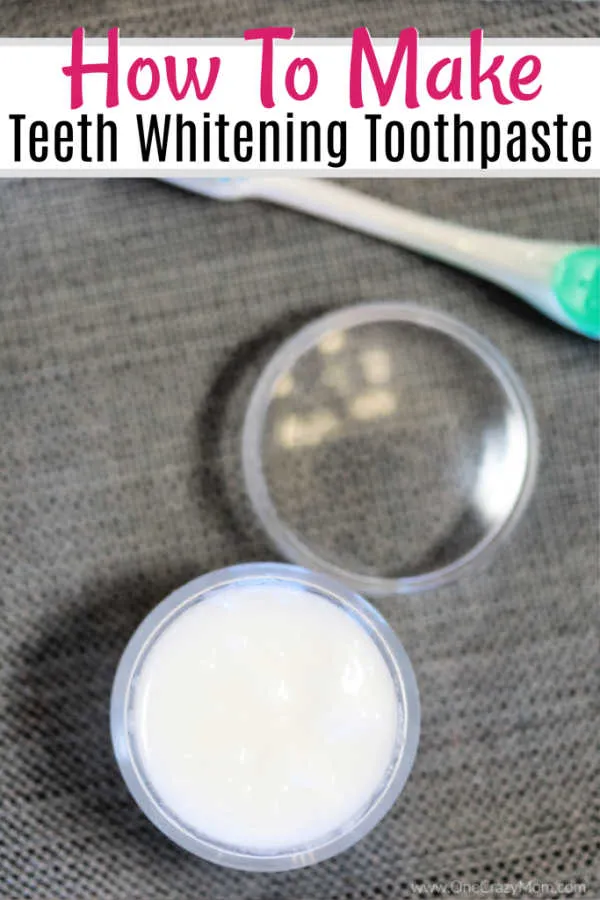
Proper brushing and flossing are foundational for maintaining a white smile and overall oral health. Brush your teeth at least twice a day for two minutes each time, using fluoride toothpaste to remove plaque and surface stains. Make sure to use gentle circular motions, and cover all surfaces of your teeth, including the front, back, and chewing surfaces. Flossing daily is equally important. It removes food particles and plaque from between your teeth, where your toothbrush can’t reach. Use a gentle sawing motion, and make sure to floss along the gumline. Consistent and correct brushing and flossing can prevent the buildup of stains and bacteria that can contribute to tooth discoloration, helping you to retain the results of your natural homemade teeth whitening efforts. Proper technique and consistent practice are critical to maintaining a healthy and vibrant smile.
Regular Dental Checkups
Regular dental checkups are a cornerstone of maintaining a bright and healthy smile. Professional cleanings remove plaque and tartar buildup that can cause staining, and help you maintain the results of your natural homemade teeth whitening efforts. During checkups, your dentist can identify and address any underlying oral health issues, such as cavities or gum disease, that can affect your smile’s appearance. They can also provide personalized advice on proper brushing, flossing, and other oral hygiene practices tailored to your needs. Routine visits allow your dentist to monitor your teeth and gums, providing a proactive approach to oral care and helping to keep your smile looking its best. Schedule checkups every six months for optimal oral health and maintenance of your bright, white smile.
Foods and Drinks to Avoid
To maintain a white smile, it is important to limit or avoid certain foods and drinks that cause teeth staining. Coffee, tea, and red wine are notorious for staining teeth due to their high pigment content. Dark-colored beverages like colas and fruit juices can also contribute to discoloration. Additionally, highly pigmented foods, such as berries and curries, can stain your teeth. If you consume these items, it’s advisable to rinse your mouth with water immediately afterward to minimize the staining effect. Reducing the consumption of these staining foods and drinks helps to preserve the results of your natural homemade teeth whitening efforts and maintain a brighter, more attractive smile. Be mindful of your diet choices to support the longevity of your whitening results.
